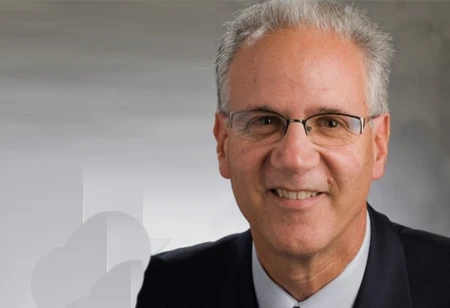Thank you for Subscribing to Healthcare Business Review Weekly Brief

End to End Supply Chain: An Updated View
Healthcare Business Review
It is always the end game –the aspiration to evolve a true end to end supply chain. Without it, we will continue to fall short of delivering a more responsive efficient supply chain in our healthcare industry. Other industries outside of healthcare are certainly more mature and we look at them with envy. A high level of illumination that displays the flow of product off customer shelves coupled with routine forecasts create a responsive, transparent environment to manage inventory at a higher level. The inability to view the big picture or the end to end supply chain results in incorrect trade-offs, or under optimized decisions negatively impacting revenue, profitability or cost. So, what prevents our healthcare industry in moving toward this desired environment?
For one, other industries have universal data standards that clearly identify products across the globe. In healthcare, unless we adopt the Global Trade Identification Numbers (GTIN) (and other needed data standards) among providers and suppliers in a committed useable fashion, we run the risk of data discrepancies crippling our ability to communicate clearly the existing order and fulfillment gaps or imbalances. There have been numerous attempts to address this GTIN adoption and while these continue, they are episodic and not industry wide.
We will need to address data standards commitments at some point in our industry, especially as our fee for service revenue is replaced more widely to risk-based payment models (full-risk bundles for episodic care and capitation for population health). This shift will indeed move us toward a consumer driven demand-based service/product ordering healthcare environment. Our climate today is still characterizedby a fee for service payment system. This environment has fed a supply-demand set of dynamics – that is, encouraging more supply of health care services including more supplies to be considered for use.
And so, another key element of our end to end supply chain will be the capability to perform demand based management analytics that will feed forecasts required by our suppliers to fulfill products as required by the “schedules” of clinical work to be performed. Healthcare systems that develop these capabilities will be able to create multiple supply response scenarios so that a robust reaction is generated that best meets the demand-supply gap objective.
Another necessity is the alignment of common, integrated supply chain technology platforms among healthcare systems, distributors or owned central warehouses. Warehouse systems, inventory management, enterprise resource systems(ERPs), electronic medical records, asset tracking, and ordering systems may be just a few of the disparate technologies that will require coordination. The ability to create an immediate demand signal to suppliers will require capital commitment and coordinated technology planning to produce a signal that supplies need to be fulfilled.
Structure supplier relationships beyond the traditional transactional models will be necessary that embraces new forms of governance and management to address these technology developments.
After all, the technology coordination simply follows the examination ofpeople and processes that need to be designed to create a demand driven framework.These new relationship models need to consider a deliberate alignment of both organization’s strategic imperatives driven by a higher discipline of planning to be successful. Coordination among integration leaders, project managers, and a project team to advance initiatives associated with assimilating technology platforms will be just some of the synchronization resources essential to advancing these efforts.
In the meantime, while healthcare systems work with industry partners on these longer term development efforts, they must in the short term, direct energy to best respond to supply gaps caused by numerous conditions such as pandemics, disasters or geo-political developments. Reexamining vendor risk management and backorder/recall programs is a proper starting place to start the improvement paths that will mitigate supply risks and strengthen the core activities in responding to acute or unplanned supply insufficiencies. Understanding the conditions that cause supply shortages will require access to these changing supplier conditions around the globe. Insight that runs deep among supplier tier levels that are dependent upon to produce a product will be crucial.
Development of leading and lagging key performance indicators (KPIs) will provide the insight necessary to respond to trending or immediate supply control issues
Furthermore, addressing how best to digest this insight and respond within the healthcare system supply chain will require formulation of an operating decision-based model that efficiently decides the corresponding action to these impactful supply chain disruptions.Defining the type of talent needed to bolster these operations will have to be addressed immediately. Development of leading and lagging key performance indicators (KPIs) will provide the insight necessary to respond to trending or immediate supply control issues. Formal supply chain driven monthly supply and operational planning (S&OP) inside healthcare supply chains needs to be inserted as a means of standardizing information and planning activities for matching demand and supply. This process will require a higher level of analytical capability not usually found in healthcare supply chains today. The imperative will mandate statistical-based forecasts to better anticipate demand shifts that can be communicated with suppliers as input for their development of supply schedules.
Clearly, we find a daunting journey ahead, but these long term and short term efforts will certainly be the course to follow and the call to action if we are serious about advancing our end to end supply chain in the future.









